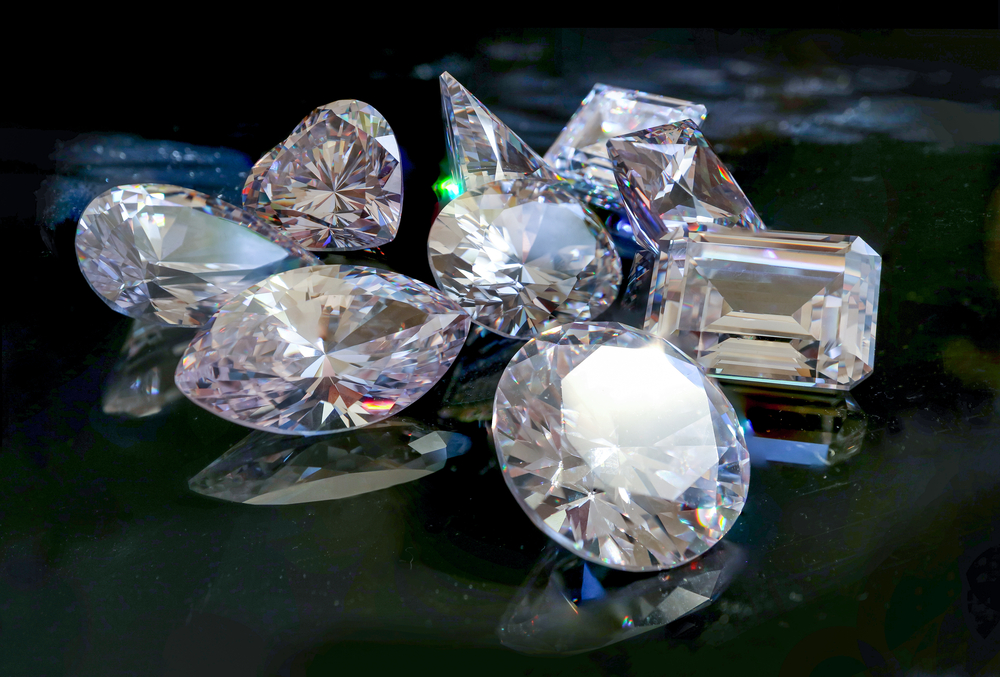Introduction to Cultures and Lab-Grown Diamonds
In recent years, lab-grown diamonds have emerged as a significant innovation in the jewelry industry. These diamonds, also known as man-made diamonds, are identical to natural diamonds in terms of their physical properties, chemical composition, and overall appearance. The growing popularity of lab-grown diamonds has sparked global interest, and it is clear that they are making their mark in different cultures across the world. Understanding how different cultures view cultures and lab grown diamonds, and how they are being embraced, is crucial in understanding the shift in the diamond market.
The Impact of Cultures on the Perception of Lab-Grown Diamonds
Different cultures have varying perspectives on diamonds. In many Western cultures, diamonds are traditionally associated with luxury, status, and romance, often seen as symbols of wealth and commitment. However, the idea of man-made diamonds is challenging these norms, particularly in countries with growing environmental concerns. In cultures where sustainability is a central value, such as in parts of Europe, the appeal of lab-grown diamonds is steadily increasing. People in these cultures value eco-friendly alternatives and are more inclined to choose diamonds that are created with minimal environmental impact, making lab-grown diamonds an attractive option.
In contrast, some cultures may remain skeptical of lab-grown diamonds, viewing them as inferior to their natural counterparts. In these regions, the long-standing tradition of natural diamonds symbolizing permanence and rarity continues to prevail. However, even within these cultures, younger generations are starting to embrace man-made diamonds, particularly for ethical reasons. This shift in perception demonstrates how cultural values and traditions play a significant role in how lab-grown diamonds are viewed and accepted.
Lab-Grown Diamonds and Cultural Sustainability
One of the most compelling reasons that cultures are turning to lab-grown diamonds is sustainability. Many cultures, particularly those in Scandinavia and parts of Asia, prioritize environmental conservation. Lab-grown diamonds are seen as a sustainable alternative to traditional mining practices, which can be harmful to the environment. These diamonds are created in controlled environments, reducing the need for destructive mining and allowing for more responsible sourcing. As sustainability becomes a core value in many societies, lab-grown diamonds are emerging as a solution that aligns with these cultural priorities.
The sustainability aspect of lab-grown diamonds appeals to consumers who are mindful of their carbon footprint and want to support businesses that prioritize ethical practices. In countries with a strong eco-conscious culture, like Sweden and Canada, man-made diamonds have gained traction because they offer a guilt-free way to enjoy the luxury and beauty of diamonds without contributing to environmental degradation.
The Growing Popularity of Man-Made Diamonds in Different Cultures
As more people across various cultures become aware of the benefits of lab-grown diamonds, their popularity continues to grow. In the United States, where diamonds have long been a symbol of engagement and love, man made diamonds are being embraced by millennials and Gen Z consumers. These younger generations, who are more concerned with issues like sustainability and ethical sourcing, view lab-grown diamonds as a perfect solution that meets their values. In fact, many couples are now opting for lab-grown diamonds for their engagement rings because they offer the same beauty as natural diamonds but at a fraction of the cost.
In India, a country with deep-rooted cultural traditions surrounding diamonds, the concept of lab-grown diamonds has slowly gained acceptance. While natural diamonds still hold significant cultural importance, especially in the context of weddings and family heirlooms, the growing awareness of sustainability and ethical issues has prompted a shift in consumer behavior. Lab-grown diamonds are becoming an attractive option for younger consumers who wish to make a statement with their purchases while staying true to their cultural heritage.
Lab-Grown Diamonds and the Changing Jewelry Industry
The rise of lab-grown diamonds has not only impacted cultural perceptions but also transformed the jewelry industry. Jewelers around the world are beginning to offer man-made diamonds as part of their product offerings, catering to the demand for more sustainable and affordable options. In some cultures, lab-grown diamonds are now considered a new standard in the industry, as they offer a level of transparency and traceability that natural diamonds cannot.
The shift towards lab-grown diamonds is also helping to democratize luxury. In cultures where diamonds have traditionally been reserved for the elite, man-made diamonds are opening up new possibilities for those who may not have had access to them before. The affordability of lab-grown diamonds, coupled with their ethical advantages, is making luxury more inclusive and accessible across different cultures.
Conclusion: Cultures and the Future of Lab-Grown Diamonds
In conclusion, the intersection of cultures and lab-grown diamonds presents a fascinating look at how consumer preferences are evolving in response to ethical and environmental concerns. As more cultures embrace sustainability and ethical sourcing, the popularity of lab-grown diamonds will continue to rise. Whether it’s through a commitment to environmental conservation or the desire to challenge traditional views on luxury, cultures around the world are increasingly turning to man-made diamonds as a symbol of beauty, ethics, and progress. As the industry grows, lab-grown diamonds are expected to play an even more prominent role in shaping the future of jewelry, aligning with cultural values of sustainability, innovation, and responsibility.

